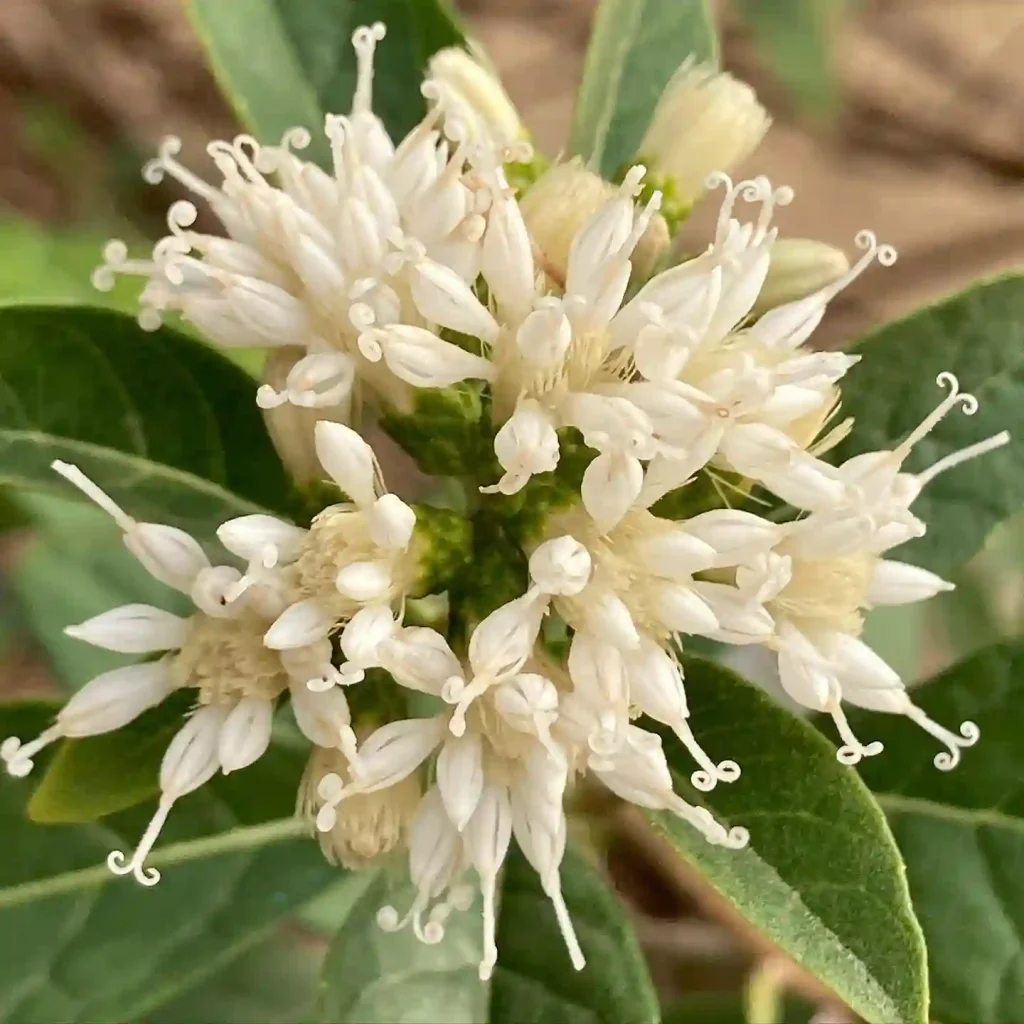Heliconia Latispatha: The Eye-Catching Expanded Lobster Claw
For those seeking a vibrant, architectural addition to their garden, the Heliconia Latispatha, also known as the Expanded Lobster Claw, is a captivating choice. Here, I, Ferb Vu, answer some of the most common questions about this stunning plant.
Plant Family: Heliconiaceae – 203 Species in Genus Heliconia
What is Heliconia Latispatha?
The Heliconia Latispatha is a herbaceous perennial native to the tropical regions of southern Mexico, Central America, and northern South America. It’s found naturalized in Florida and Jamaica as well. This vibrant beauty boasts banana-like leaves and produces eye-catching inflorescences (flower clusters) that resemble lobster claws.
The star of the show is the bracts – modified leaves surrounding the flowers. These bracts come in fiery shades of red or orange, creating a dazzling contrast with the green, yellow, or orange flowers nestled within. The inflorescences can reach up to 45 cm in length, adding a touch of the tropics to your garden.
Heliconia Latispatha vs. Heliconia Rostrata (Lobster Claw)
Heliconia Latispatha is often compared to its close relative, the Heliconia Rostrata, also known as the Lobster Claw. Both share the captivating claw-like bracts. However, some key differences set them apart.
- Size: Heliconia Latispatha can grow taller, reaching up to 4 meters compared to Heliconia Rostrata’s 2-3 meters.
- Bracts: Heliconia Latispatha’s bracts tend to be wider and more open, resembling an expanded lobster claw. Heliconia Rostrata’s bracts are narrower and more tightly curled.
- Flower Color: Heliconia Latispatha offers a wider range of flower colors, including green, yellow, and orange, compared to Heliconia Rostrata’s predominantly yellow flowers.
- Growth Habit: Heliconia Latispatha can be moderately invasive, while Heliconia Rostrata is generally less aggressive.
Choosing Between the Claws: Both Heliconia varieties add a touch of the tropics to your garden. If you have ample space and prefer a wider color palette and a more open claw form, Heliconia Latispatha is a great choice. For those with limited space or who favor a tighter, more compact lobster claw look, Heliconia Rostrata might be a better fit.
How to care for Heliconia Latispatha?
Heliconia Latispatha thrives in warm, humid environments. Here are some key tips for keeping your Expanded Lobster Claw happy:
- Light: Provide full sun to partial shade. In hotter climates, afternoon shade can be beneficial.
- Soil: Well-draining, fertile soil rich in organic matter is ideal. Consider amending your existing soil with compost or manure.
- Water: Consistent moisture is crucial. Water regularly, especially during hot, dry periods. Aim to keep the soil evenly moist but not soggy.
- Fertilizer: Apply a balanced fertilizer monthly during the growing season.
- Temperature: Heliconia Latispatha prefers warm temperatures and struggles with frost. In cooler climates, consider container gardening and bringing the plant indoors for the winter.
- Propagation: Division of rhizomes (underground stems) is the most common method of propagation.
Is Heliconia Latispatha poisonous?
Yes, Heliconia Latispatha contains calcium oxalate crystals, which can be mildly toxic if ingested. It’s best to keep this plant out of reach of children and pets.
Can I grow Heliconia Latispatha indoors?
Yes, but it requires specific conditions. You’ll need a bright, humid space with warm temperatures. Regularly mist the plant and provide supplemental lighting if needed.
How often does Heliconia Latispatha flower?
Under ideal conditions, Heliconia Latispatha can flower throughout the year. However, flowering frequency can be influenced by light, temperature, and fertilization.
How do I deal with pests and diseases?
Heliconia Latispatha is generally pest and disease resistant. However, keep an eye out for common garden pests like mealybugs and scale. Insecticidal soap or neem oil can be used for control.
With proper care, Heliconia Latispatha will reward you with its vibrant blooms and architectural form for years to come. So, bring a touch of the tropics to your garden and enjoy the captivating beauty of the Expanded Lobster Claw.
If i die, water my plants!



